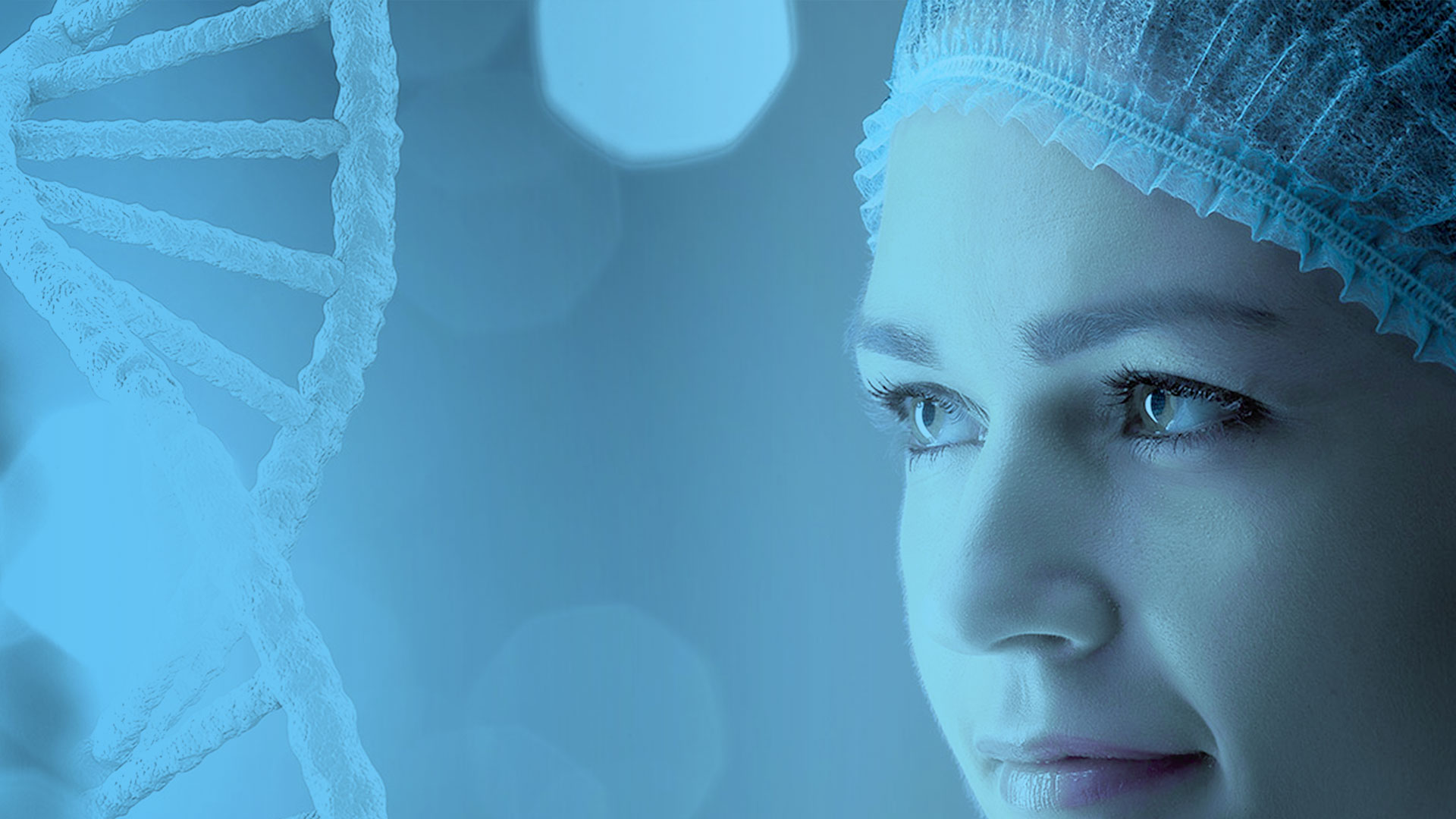Clinical AreaDentistry
Associated diseases
- Amelogenesis imperfecta, differential diagnosis
- Cleidocranial dysostosis
- Cockayne syndrome
- Craniofacial microsomia, differential diagnosis
- Gorlin syndrome, differential diagnosis
- Holoprosencephalc, microform; differential diagnosis
- KBG syndrome
- Oligodontia/anodontia, differential diagnosis
- White sponge naevus
Notes on the clinical area
Here you will find the disease-related gene panels available for the clinical area specified above.
If you cannot find the disease you are looking for, please use a known synonym in the search (also in English).
Dentistry and genetics
Molecular genetic diagnostics are used to clarify the hereditary causes of diseases also from the dentistry spectrum. The aim here is to detect deviations from the reference genome ("wild type") and then, if necessary, to distinguish between neutral variants and pathogenic mutations that are important for physiological development and proper functioning. The heredity patterns of dental diseases are the basis of genetic counselling for patients, persons at risk and affected families. Over the last 30 years, numerous genes have been characterized whose changes cause the spectrum of diseases in dentistry or contribute to the development of these diseases. Current research results have a direct effect on the diagnostic procedure in the laboratory and genetic counselling. For example, mutations in independent genes on different chromosomes can cause clinically indistinguishable, hereditary diseases ("locus heterogeneity"). On the other hand, different mutations in one and the same gene can lead to clinically apparently separate disease entities ("allelic heterogeneity").
Formal genetics and etiology
Formal genetically and etiologically the following groups of diseases can be distinguished in dentistry:
- monogenic diseases (autosomal or X-chromosomal inheritance)
- digenic diseases, which are only manifested when mutations are simultaneously present in heterozygous state in two different genes. Physiologically the two normal gene products together form functional heterodimers. Digenic inheritance concerns ~3% of hereditary diseases in addition to the classic autosomal and X-linked diseases.
- mitochondrial diseases (maternal or autosomal inheritance)
- multifactorial diseases (interaction of several to many genes plus environmental factors)
Congenital dental deformations
Congenital malformations of teeth often appear sporadically - is there a genetic (co-)cause? A great many inherited dental disorders are demonstrably based on genetic changes and lead to disorders of the dental structures. DNA diagnostics therefore often involves a step-by-step procedure in which the most frequent mutations are first examined before the very rare genetic causes are also identified in parallel approaches using comprehensive and cost-intensive panel procedures. Mutations found and all variants with unclear significance (VUS) are verified by DNA sequence analysis using the Sanger technique. In the following, only three more frequent dental disease groups are listed in more detail.
Oligodontia, anodontia
Anodontia means complete toothlessness, tooth germs had not been created. Apparent anodontia exists if the attached tooth germs do not break through. Anodontia can already be accompanied by toothlessness or a reduced number of the milk teeth. In hypodontia (number of teeth) 1-5 teeth are missing; in oligodontia whole groups of teeth are missing, i.e. >6 teeth. Anodontia also affects jaw growth. Congenital edentulism also has negative effects on the soft tissues of the oral cavity, and anodontia often occurs in combination with other malformations. Tooth dysplasias are malformations of teeth due to growth disorders, sometimes caused by hereditary factors. Recently, more and more of these often monogenically caused anodontia/oligodontia defects have become amenable to direct DNA diagnostics. For the latter subforms of this spectrum, the heredity patterns are precisely known, and the genetic defects are directly detectable. If the clinical diagnosis remains less specific, a very comprehensive gene panel is therefore also available, which covers the known differential diagnoses.
Amelogenesis imperfecta
Amelogenesis imperfecta is a genetic disease in which the formation of the tooth enamel (outer tooth substance) is impaired. The tooth enamel of affected persons shows discoloration. All teeth are threatened by caries and are sensitive to temperature. The function of the enamel-forming cells (ameloblasts) is disturbed so that the enamel contains fewer minerals. The dentin (inner tooth substance) is not affected. Due to the lower mineral content, the teeth quickly become carious. The enamel is often detached, and the teeth change their shape. The genetic heterogeneity of the causes of amelogenesis is taken into account by a basic panel with more than a dozen genes and an extended panel with almost >25 genes.

